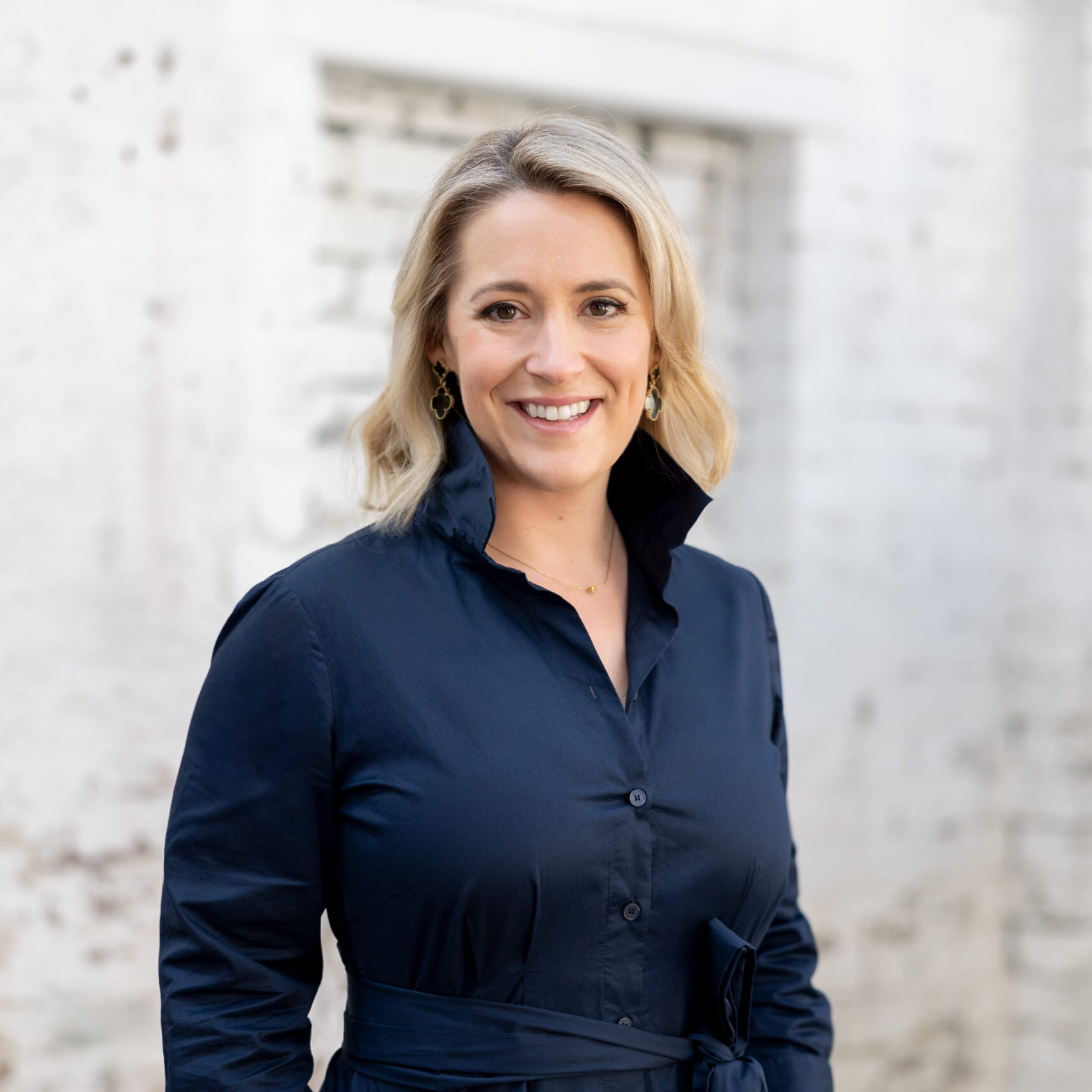
In Conversation with David Dare Parker

Where do you work and what do you do?
I am a freelance photojournalist and film production stills photographer. I live in Margaret River, Western Australia — but most of my work is in other places.
Tell us about yourself.
A Walkley Award winning photojournalist and NIKON Ambassador, David Dare Parker has photographed for many publications, including LeMonde, Australian Geographic, The Bulletin, The New York Times and Time Magazine. He is featured in the books ‘Contact’ – Australian War Photographers, Curiosity – Stories of those who report during wartime and WAR: Degree South.
In 2002 coordinated a safety awareness course for Afghan Journalists in Peshawar, Pakistan for the International Federation of Journalists. During April and May of 2003 he was the Official War Photographer for the Australian War Memorial during Operation Falconer in the Middle East.
As a film production stills photographer, credits include Cloudstreet, Underbelly Razor, Redfern Now, Breath & Whiteley.
He is one of the original co-founders of Reportage, was a Director of FotoFreo Photographic Festival and a Walkley Advisory Board Member. He is a member of the °SOUTH Photo Co-operative and the SMPSP: The Society of Motion Picture Stills Photographers.
What changes have you seen in the photography industry since starting out? The good, the bad and the ugly.
There have been many changes in the industry, the craft, especially in regards to photojournalism. Film is now retro, digital the norm — zeros and ones. I embraced digital as soon as I felt the images were as good as, if not better than, what I was getting using film. I love the convenience of digital, the immediacy of it. My responsibility as a photojournalist is to get the images out there to as many people as possible as soon as possible. Digital delivers on that.
Financially it has never been an easy profession. For me, it has always been more a way of life than a money-earning career. I always believed that photojournalism was the most important genre in photography. When I took up photography photojournalism was the only genre I was ever really interested in. Luckily, I also have the film industry to help ease the financial burden.
How do you stay relevant today's photography industry?
It seems as if it’s all about vanity metrics, a new term I came across recently. It is about how many likes and followers you have or how much time a person will spend looking at your image before swiping it away.
Digital is accessible to everyone. I am not saying everyone is a ‘photographer’, but almost everyone is certainly some kind of image-maker. Selfie addicts, visual diarists, citizen journalists, influencers, propagandists and just everyday people are sharing billions of images each and every day, using Instagram, Facebook, Pinterest, Snap Chat, Google, YouTube and Smart Phones. That much imagery can be overwhelming. It is what it is, and for the most part, freely available to whomsoever wants to look at it.
As professional photographers, we need to be able to navigate through all of this. We need to keep our work interesting, expressive, emotive and current in order for it to be seen. There are no easy answers. We need to find the energy needed to keep doing it — to keep the craft alive, to honour that obligation and sense of responsibility to keep finding the stories that need to be told.
The New York Times recently reported that its total number of paid subscriptions, including digital and print, topped 4.5 million with more than 3.5 million people paying for the publisher’s online products. That’s a positive. The Guardian Australia (online) reported its first profit in its 2018 annual results. Such increases in online advertising hopefully mean healthier budgets for journalism and more opportunities to produce quality photojournalism.
Tell us what you are currently working on?
I have just finished working on a number of films and TV productions (earning a living). I will be heading to Broome soon to work on another series then when that wraps, hopefully, I should have enough time and money to take on some personal projects. I enjoy working on film sets. I have known most of the crew for years and feel lucky that I have enough respect within the industry to still have regular work. I would not be able to survive as a photojournalist without my ability to work within the film industry. For me, the two go hand in hand.
My most recent work was coverage of the Rohingya humanitarian crisis in Bangladesh. I would like to do some follow up work on that story at some stage. I also have lots of places I have yet to visit. No shortage of story ideas, so little time.
What would your advice be to a Designer looking to break into the industry in 2019?
Draw inspiration from your peers and colleagues. Try to be original. Know all there is to know about the area you are working in. Always have an exit strategy and work with trusted fixers and drivers. Know your craft, historically and technically, and then take on the kind of stories that are of interest to you.
Understand that compassion and empathy are tools that are every bit as important as your cameras. Use your head while following your heart.
Postscript: I have never really been all that competitive. I like working alongside other photographers – sharing information, a beer, jokes, watching each other’s backs. It is all about the story in the end, and not the photographer.
Share it around…






